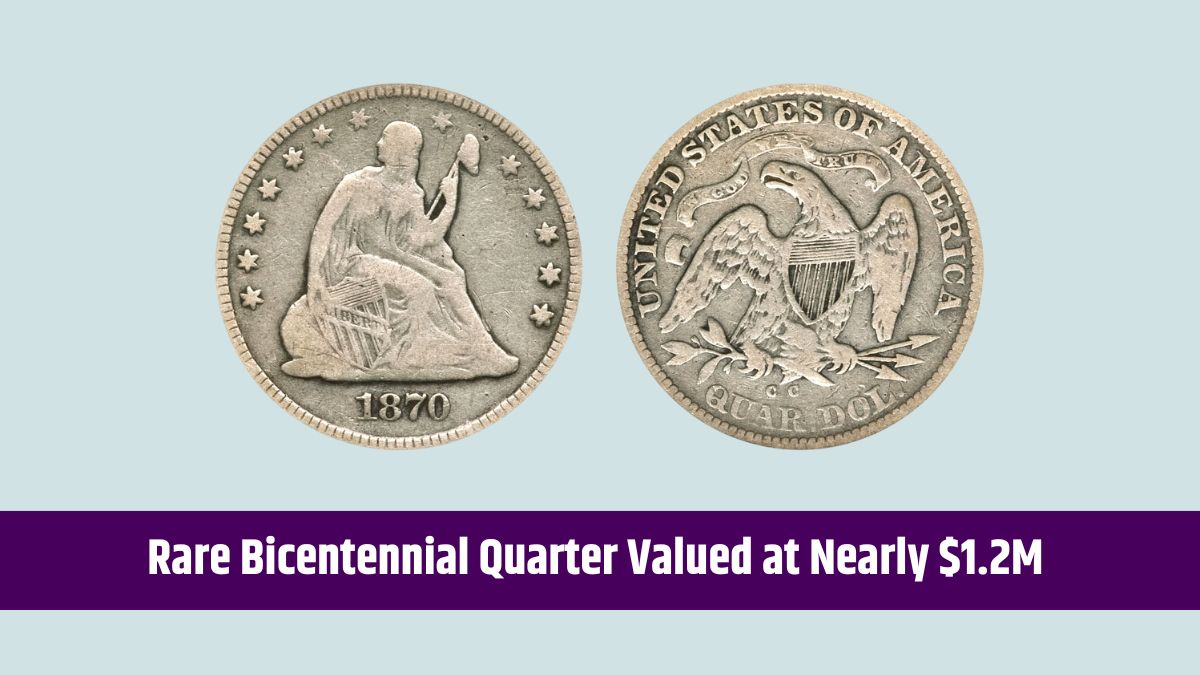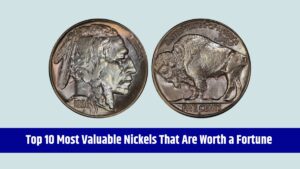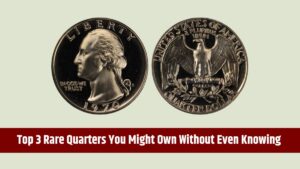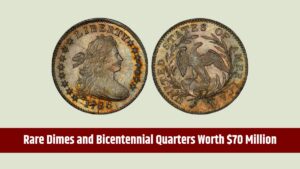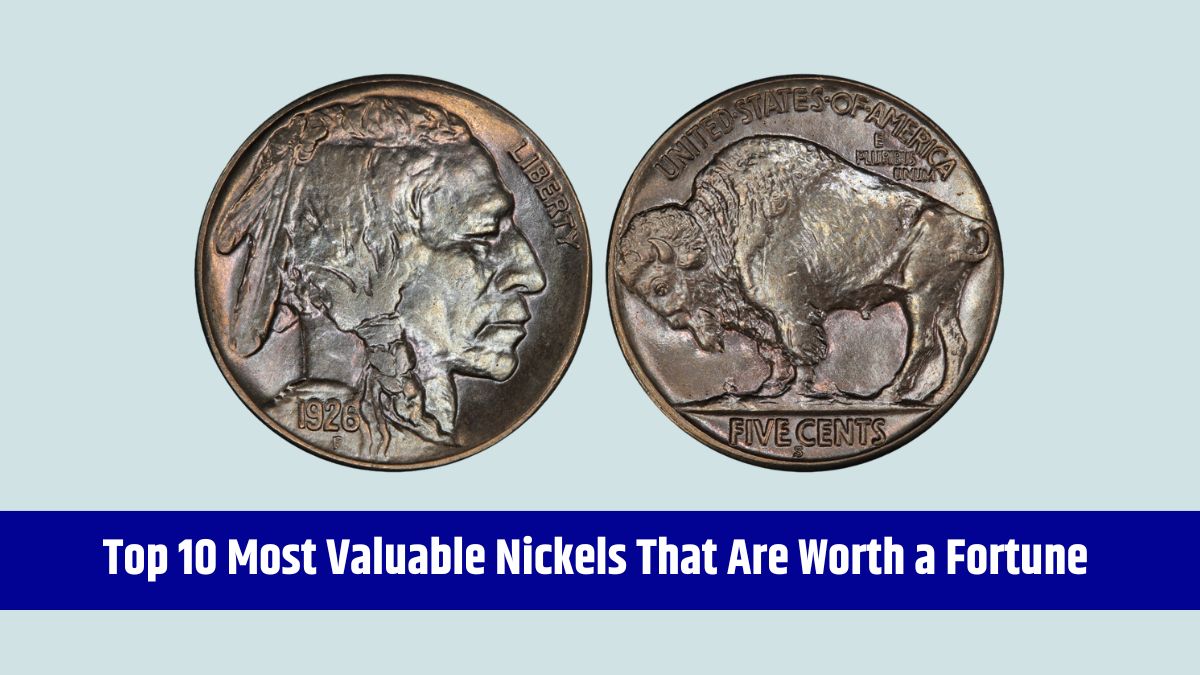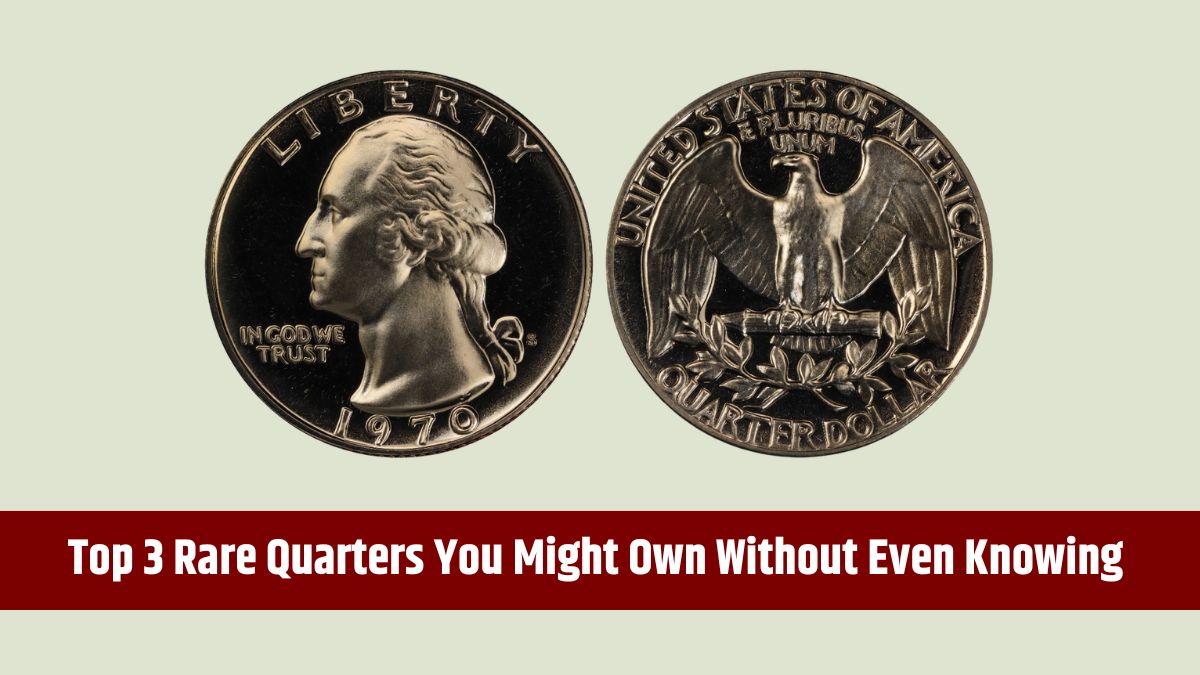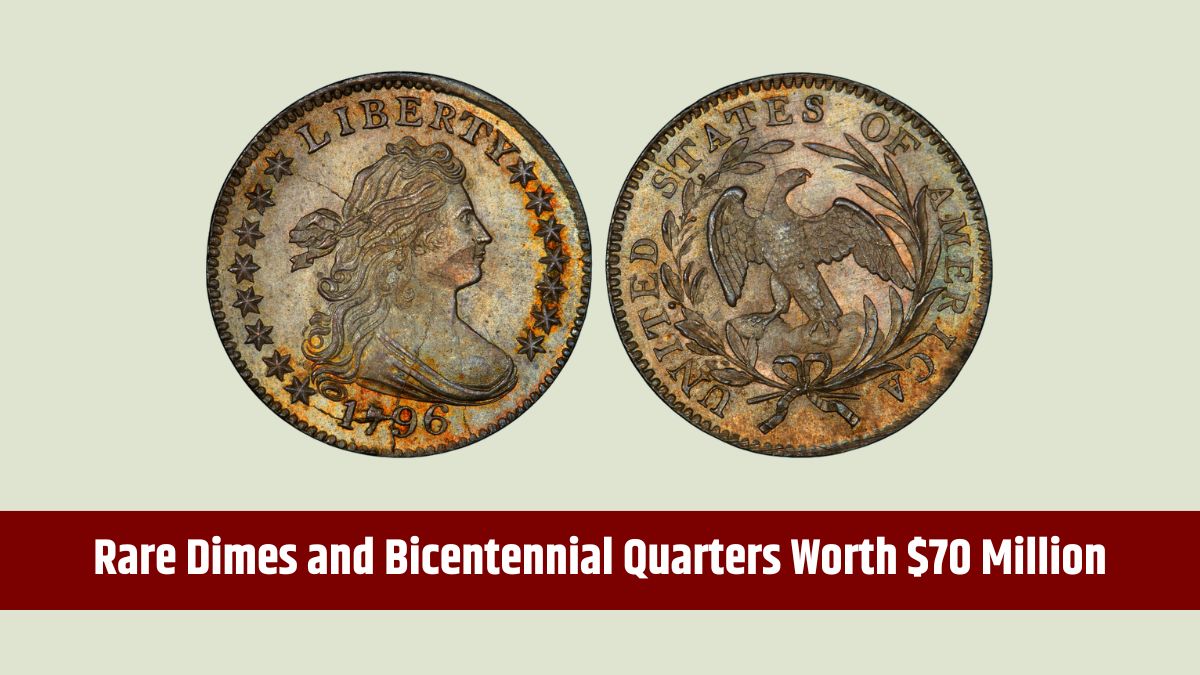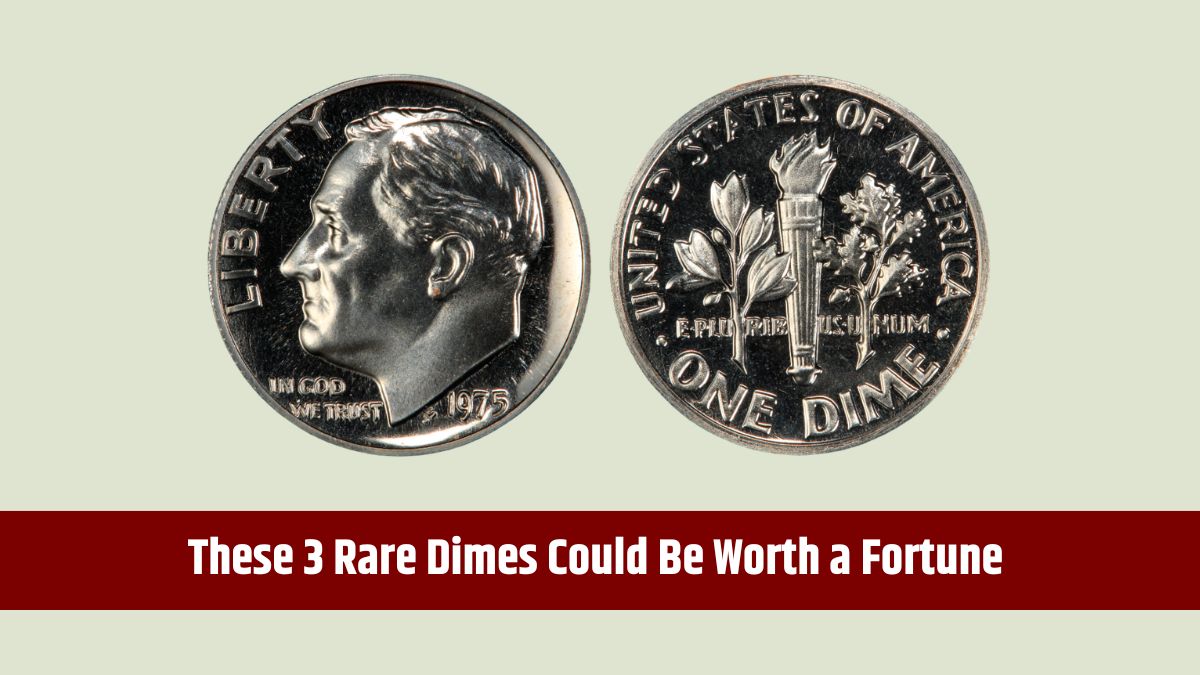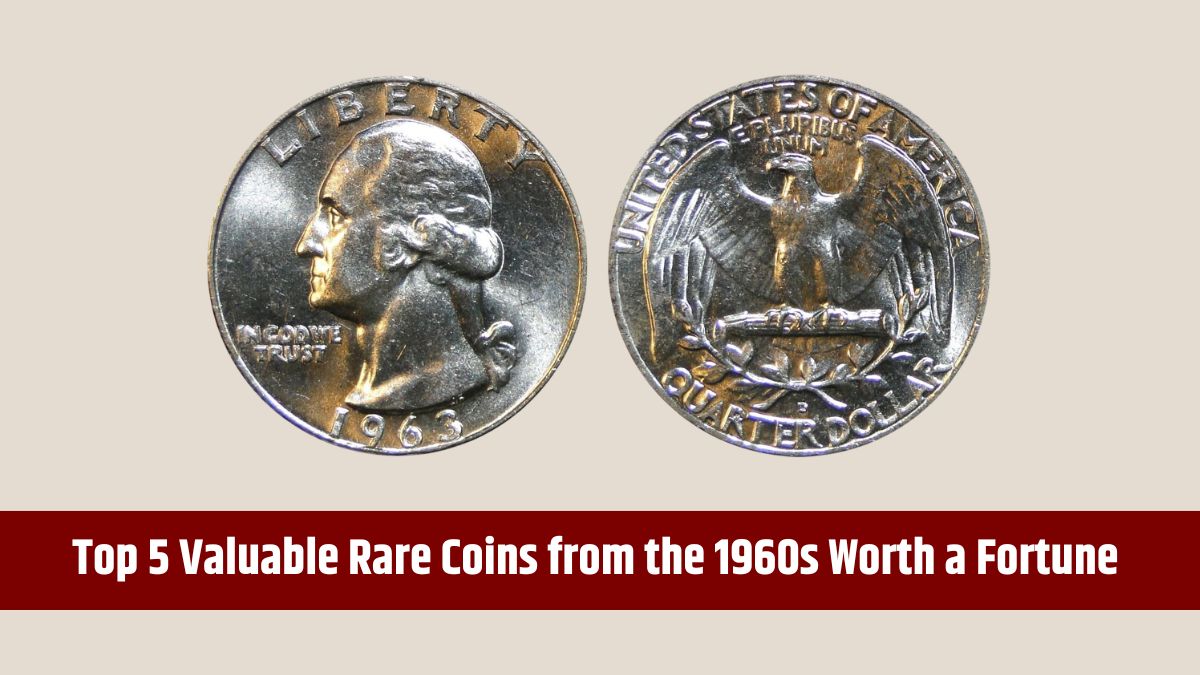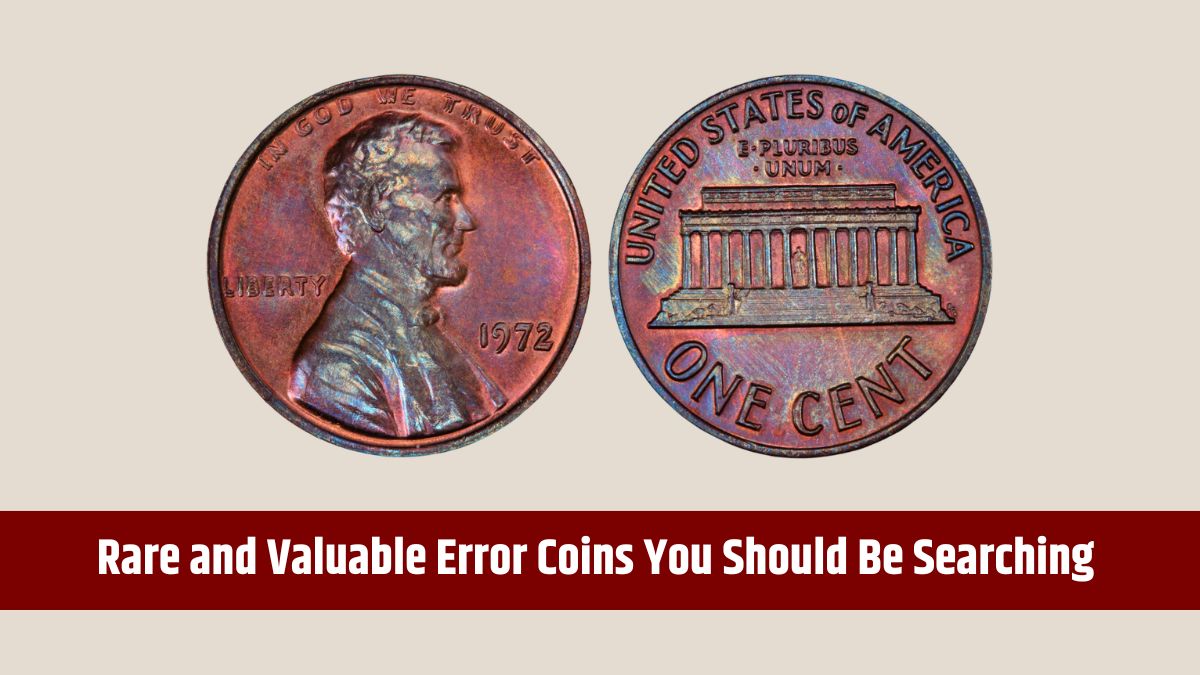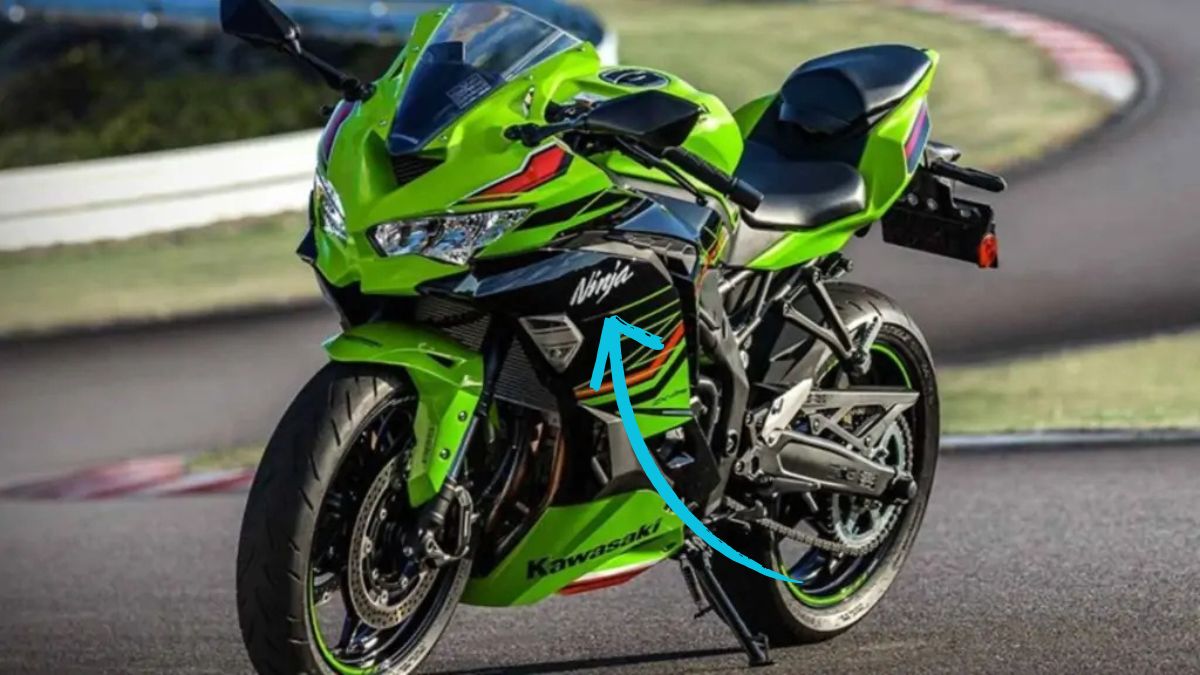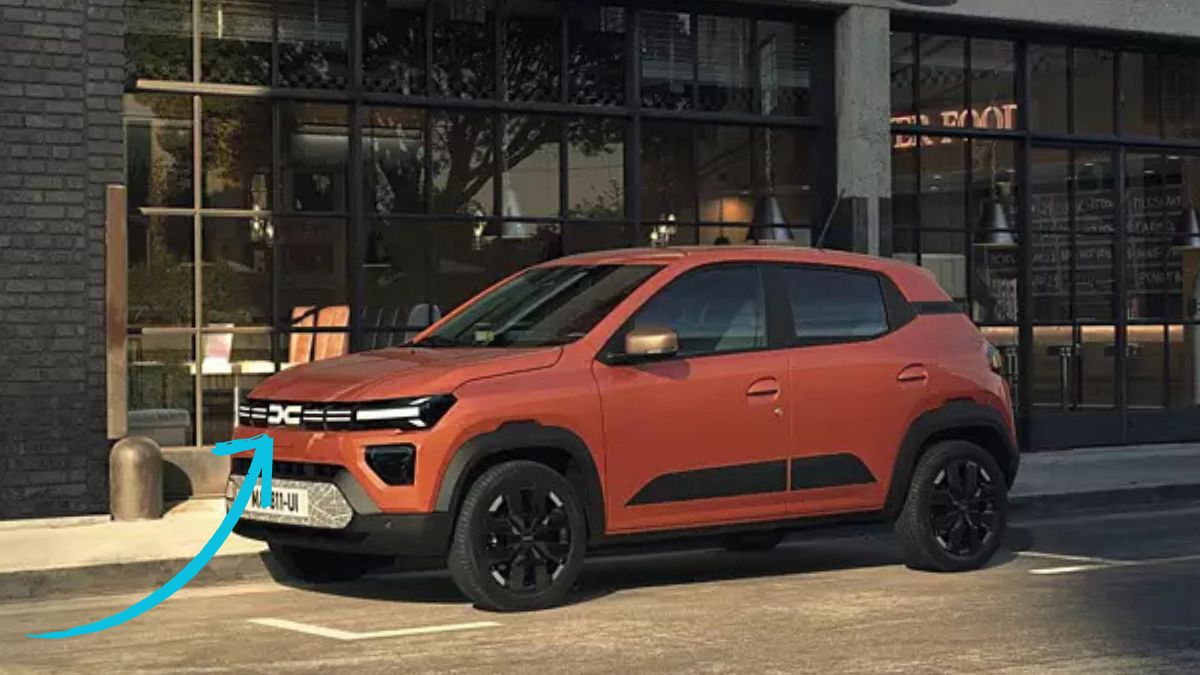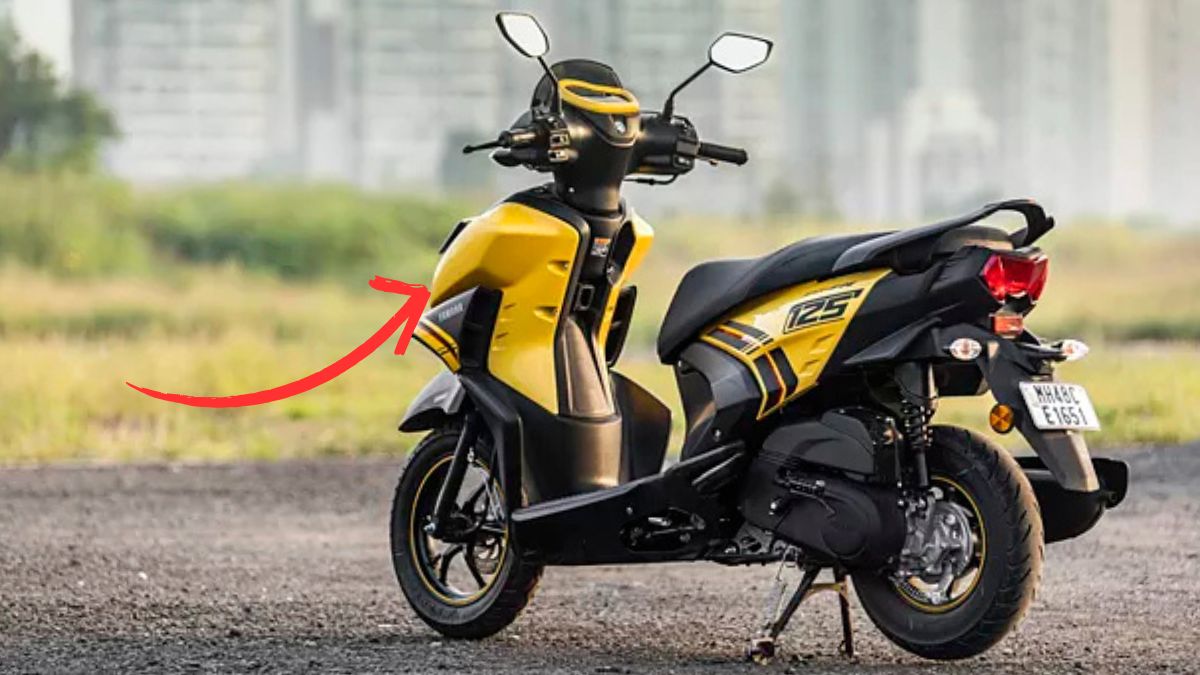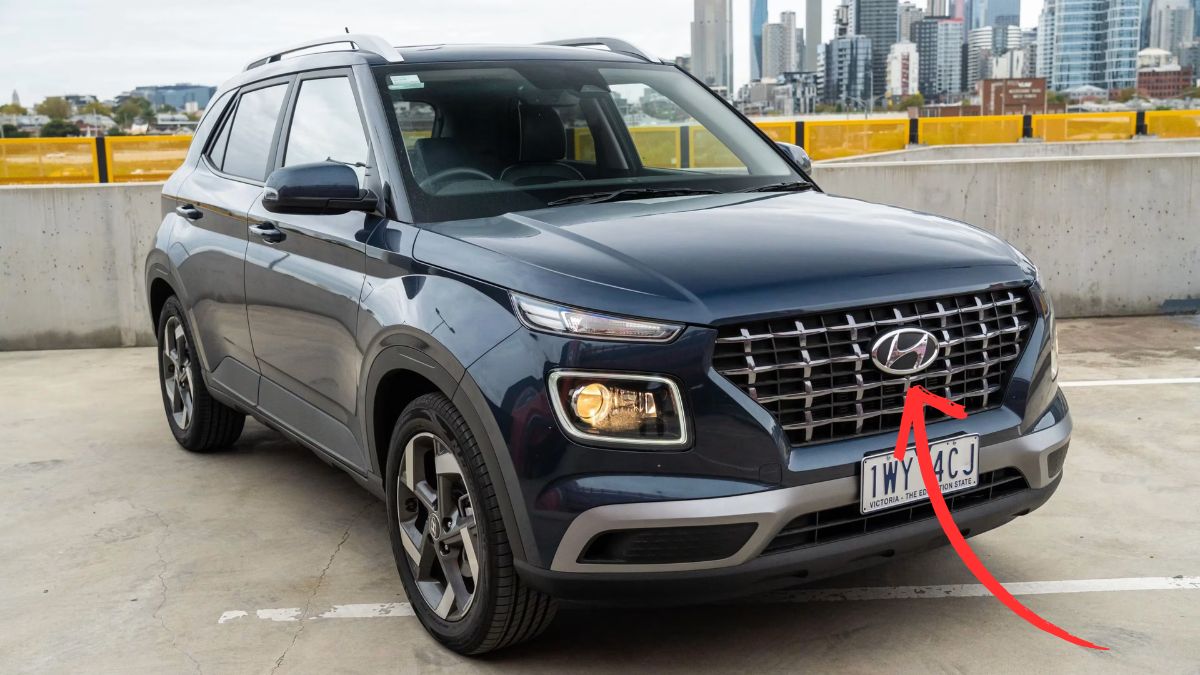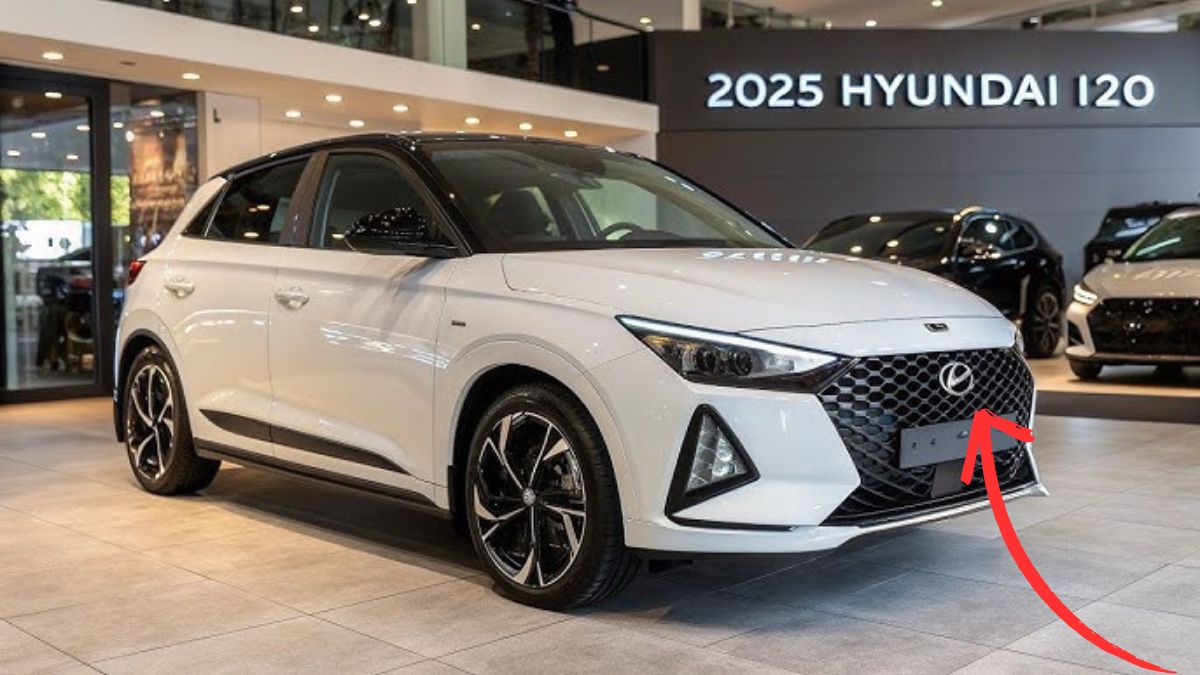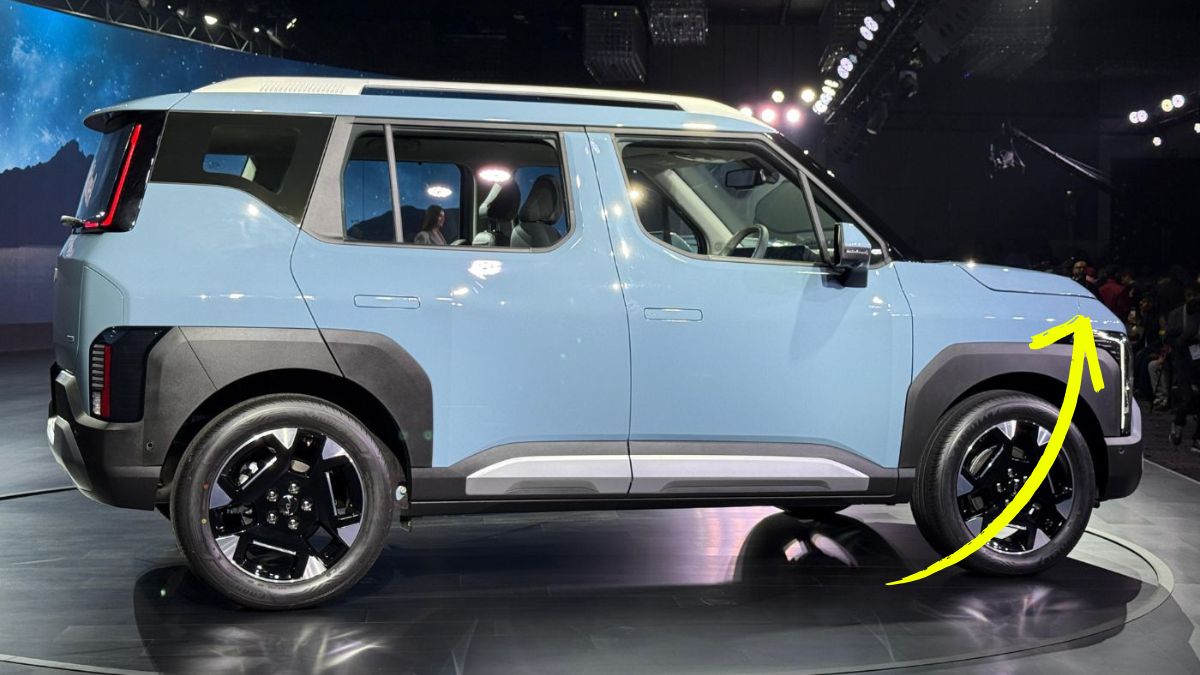The 1976 Bicentennial quarter, issued to commemorate the 200th anniversary of the United States, is a widely recognized coin. While most Bicentennial quarters are only worth face value, a rare variant recently made headlines by selling for nearly $1.2 million due to its unique composition and rarity.
Let’s look into this extraordinary Bicentennial quarter and three other U.S. quarters that are valued at over $200,000 each. These coins hold historical significance and are highly sought after by collectors.
Table of Contents
Bicentennial
The 1976 Bicentennial quarter features a drummer boy on the reverse and the dual date 1776–1976 on the obverse. Most were struck in copper-nickel clad, but a rare few were mistakenly minted on 90% silver planchets, making them incredibly valuable.
Why It’s Valuable
This quarter was accidentally struck on a 90% silver planchet meant for proof coins or special collector issues. This unique error makes it one of the most valuable Bicentennial quarters, with one selling for nearly $1.2 million.
What to Look For
- Check the edge – Silver quarters have a solid silver edge, while clad quarters show a copper stripe.
- Weight – Silver quarters are slightly heavier than their copper-nickel counterparts.
- Mint mark – While “S” mint-marked quarters were intended for collectors, finding one with an unusual luster or missing a mint mark could indicate rarity.
Washington
The 1932-D Washington quarter was part of the first year of Washington quarters, celebrating George Washington’s 200th birthday.
Why It’s Valuable
With a mintage of only 436,800, the 1932-D quarter is one of the rarest Washington quarters. High-grade examples can sell for over $200,000, making it a key coin for collectors.
What to Look For
- Mint mark – Look for a “D” below the eagle on the reverse.
- Condition – Uncirculated or near-mint examples are the most valuable.
- No mint mark – Quarters from 1932 without a “D” or “S” mint mark were minted in higher numbers and are worth less.
Liberty
The 1870-CC Liberty Seated quarter is a rare and valuable coin from the historic Carson City Mint, which had low production numbers.
Why It’s Valuable
Only 8,340 of these quarters were minted, and many were lost or melted. Because of its low survival rate, an 1870-CC quarter in good condition can sell for over $200,000.
What to Look For
- CC mint mark – Found beneath the eagle on the reverse.
- Authentication – Due to its rarity, professional grading is recommended to confirm authenticity.
Barber
The 1901-S Barber quarter, designed by Charles E. Barber, is considered the rarest in its series.
Why It’s Valuable
With a mintage of only 72,664, this quarter is exceptionally rare, especially in high grades. Well-preserved examples sell for over $200,000, and even circulated versions are valuable.
What to Look For
- S mint mark – Found beneath the eagle on the reverse.
- Condition – Uncirculated or lightly circulated coins are the most valuable.
These rare quarters show how small minting errors, limited production, and historical significance can turn everyday pocket change into six-figure collectibles. If you have an old quarter, it may be worth checking—one might be a hidden treasure!
FAQs
How can I tell if my Bicentennial quarter is silver?
Check the edge—if there’s no copper stripe, it may be silver.
Why is the 1932-D Washington quarter valuable?
Its low mintage of 436,800 makes it rare and highly collectible.
What makes the 1870-CC quarter so valuable?
Its low mintage of 8,340 and historical significance increase its value.
How much is a high-grade 1901-S Barber quarter worth?
Uncirculated examples can sell for over $200,000 at auction.
Should I get my rare quarter graded?
Yes, professional grading confirms authenticity and maximizes value.

